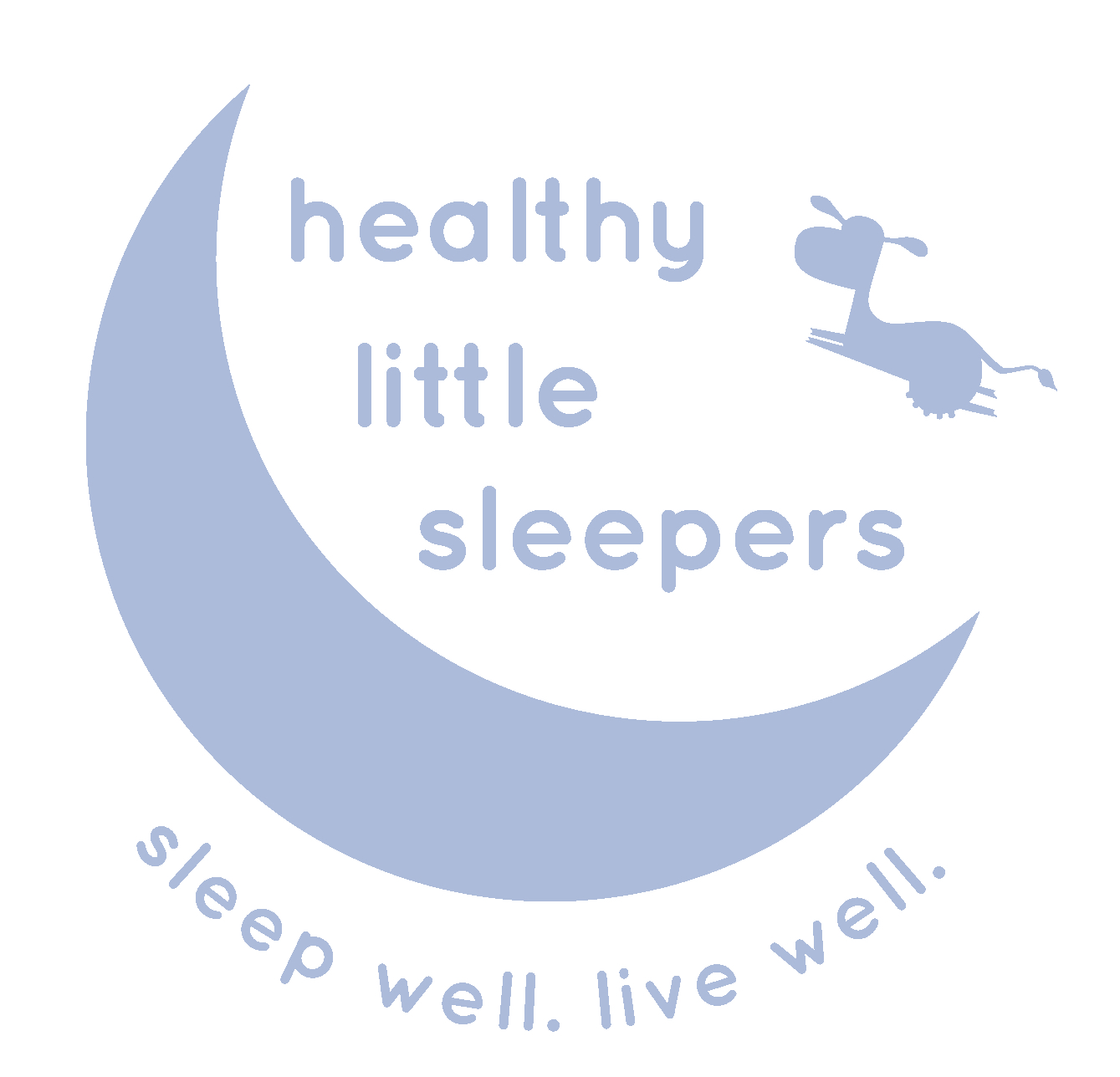How to Phase Out Baby Sleep Habits
When my son was first born, sleep did not come easy. Before doing some serious research into sleep training, I tried everything. I’d rock him to sleep, I bounced on an exercise ball, I went for car rides, and I bought countless swaddles to find one that “worked”.
Some things did work, and I threw them into my routine; but then I realized my son would only fall asleep with those aids – which caused more problems down the line.
I learned the hard way that baby sleep aids, or sleep associations, or baby sleep habits (whatever you want to call them) can, well, negatively affect baby’s sleep in the long run. And there will be a time when you’ll have to phase out baby’s sleep habits.
Keep reading to learn more about why sleep habits and associations happen, when to know it’s time to phase them out, and tips for doing it smoothly.
What are sleep habits and sleep associations?
Most parents will use a sleep aid (or two, or three!) at some point in their baby’s life. After all, we all want better sleep, right?
Baby sleep habits are the things babies need to settle for sleep. Sleep habits can be pacifiers, music, mobiles, sound machines, nightlights, rocking, cuddling, feeding and so on. Babies create a sleep association based off how you are helping them get to sleep. That means, for example, baby thinks, “When mom rocks me, it must be time for sleep,” or, “When I hear that lullaby, it’s time for sleep.”
Some babies need their sleep habit to settle to sleep only at the start of the night. But others may need their habit to settle to sleep at the start of the night and also every time they wake up throughout the night. (Which is where the problem arises, and can lead to long, sleepless nights, both for you and baby.)
When should I phase out a baby sleep aid?
Baby sleep aids can be so helpful when you’re just trying to get baby to sleep. But, again, they can end up causing problems down the road, and you’ll get to a certain point in your baby’s sleep journey where it’ll be time to phase them out, but it’s just not sustainable for you anymore (or switch them to something more age-appropriate).
There are three main reasons why you might need to stop using a baby sleep aid or start breaking a sleep association:
The sleep aid is no longer safe for baby. For example, your baby has outgrown their rocking bassinet, and it’s time to move to the crib; or they’ve started rolling or breakding out of the swaddle, which means it’s time to stop swaddling now.
The sleep aid is hindering sleep, rather than helping. For example, your baby is getting distracted by their nightlight instead and not going to sleep; or your baby is waking every hour to have their pacifier replaced; or when they wake up during the night, they cry and won’t go back to sleep unless you rock them.
It is not sustainable for you anymore. If you are feeling at your edge, completely depleted, and your mental health is suffering from lack of sleep, it might be time to change things up. This doesn’t mean you need to go cold turkey and your baby has to just cry-it-out. You are important too.
How to phase out baby sleep aids
If you’ve managed to find a "miracle" product that helps your baby sleep all night and is safe to keep using, congratulations! You don’t have to fix what isn’t broken!
For most parents though (myself included), no baby sleep aid is going to solve all sleep challenges. This is because baby sleep is much more complicated than that!
It may take anywhere from 3 days to 3 weeks to change baby’s sleep habits, depending on the approach you use and your baby’s temperament. Most babies will get upset while they’re getting used to a new way of going to sleep (while you’re supporting them), so be prepared for a few challenging nights at first. After that, sleep usually improves for everyone.
If you’ve reached the point where you think it’s time to say buh-bye to your little one's sleep aid, start by removing it gradually. Here are a few examples:
Sound machine: Turn down the volume on their sound machine each day, until it’s so quiet, baby can’t hear it.
Rocking: Rock them to sleep just until they’re drowsy, then put them in their crib before they’re all the way to sleep.
Pacifier: Remove the pacifier one nap at a time before removing it for nighttime sleep.
If you need to remove a sleep aid due to safety though, do it right away instead of gradually. Your little one may have a harder time going to sleep for a few days, but the more consistent you are, the quicker they will adjust.
Phasing out baby sleep habits can be tiring, and extra support helps. In our Healthy Little Sleeper’s Blueprint, we have a step-by-step approach to phase out sleep associations when you want to do this gently and without tears (or fewer tears). It’s all about connection.
Because, if your baby is a poor sleeper, sleep aids will only go so far; an overtired or undertired baby is not going to settle or sleep well, no matter what product you’re using!
You can learn more about the HLSB and find out how it’ll help your baby get better sleep here.

